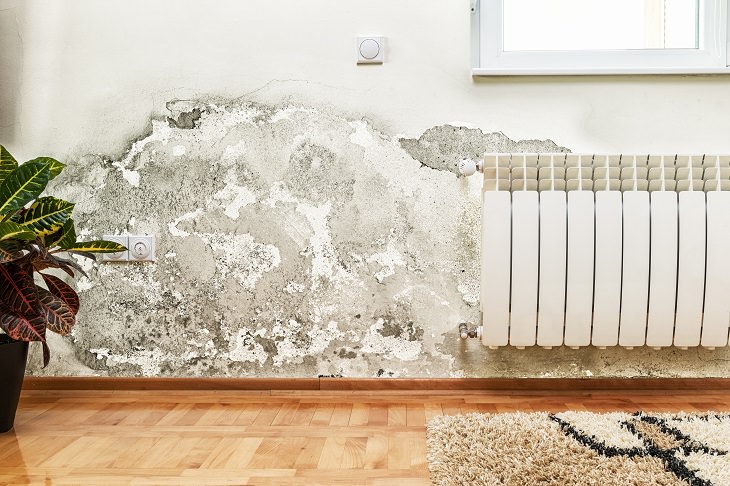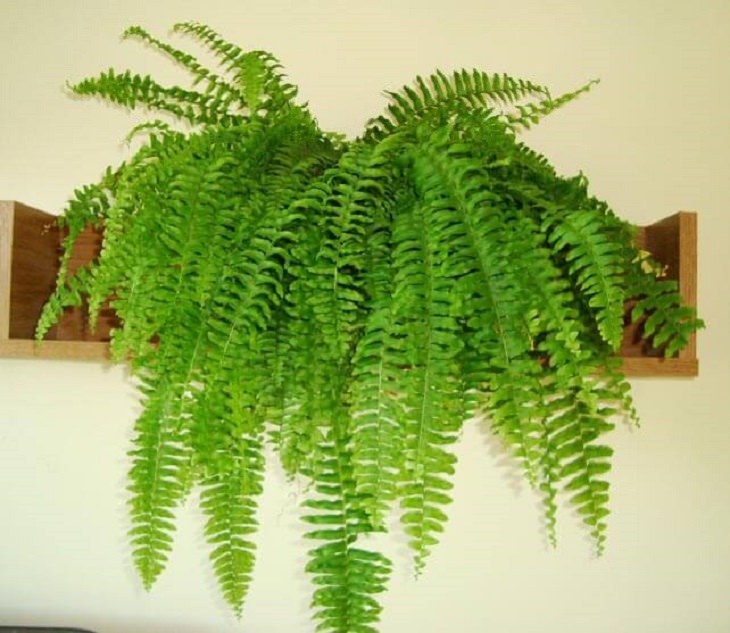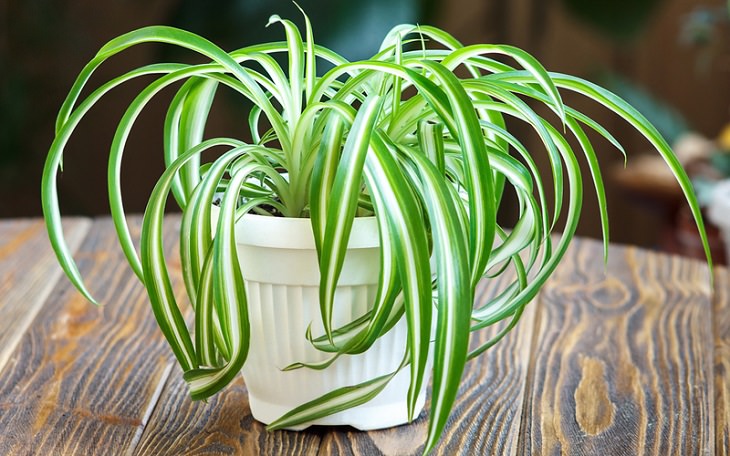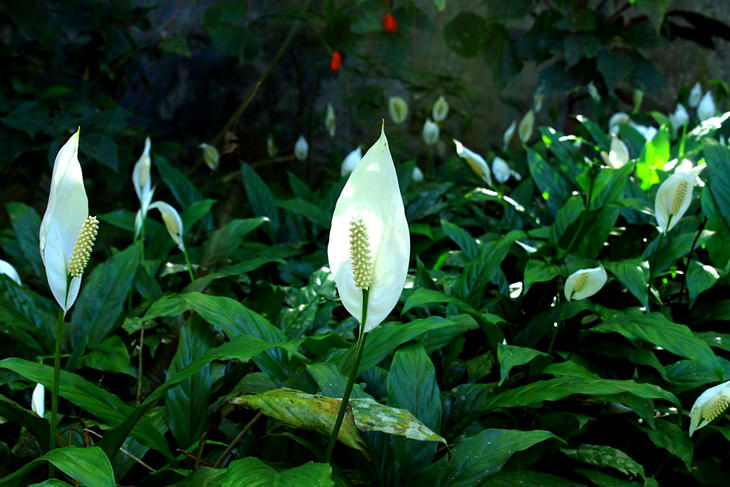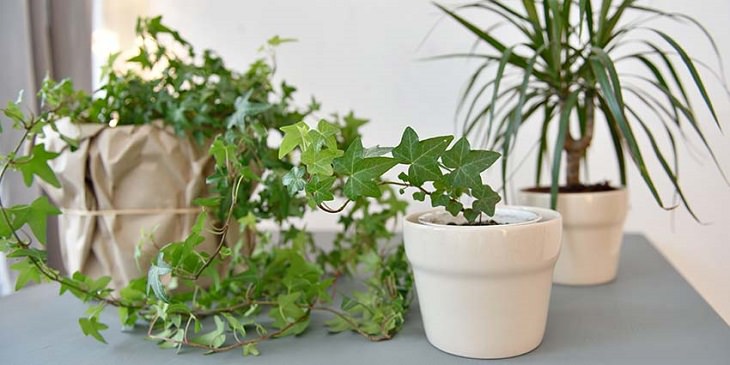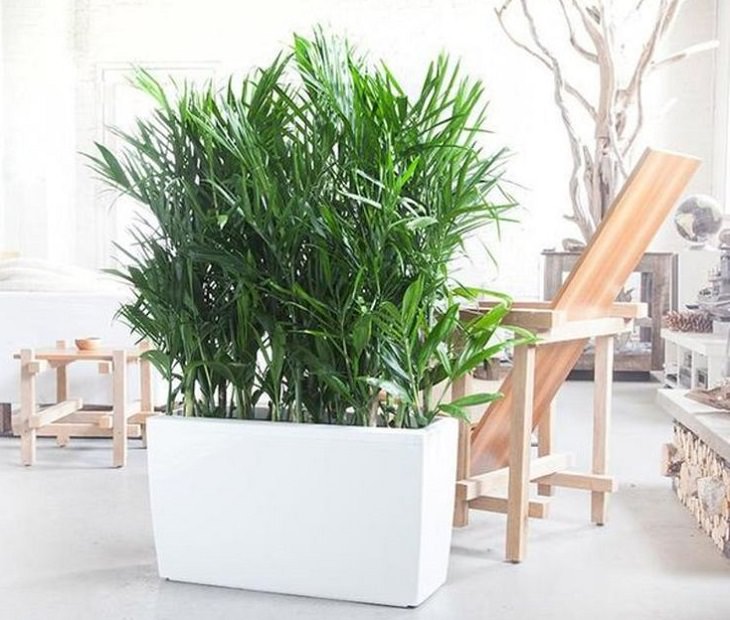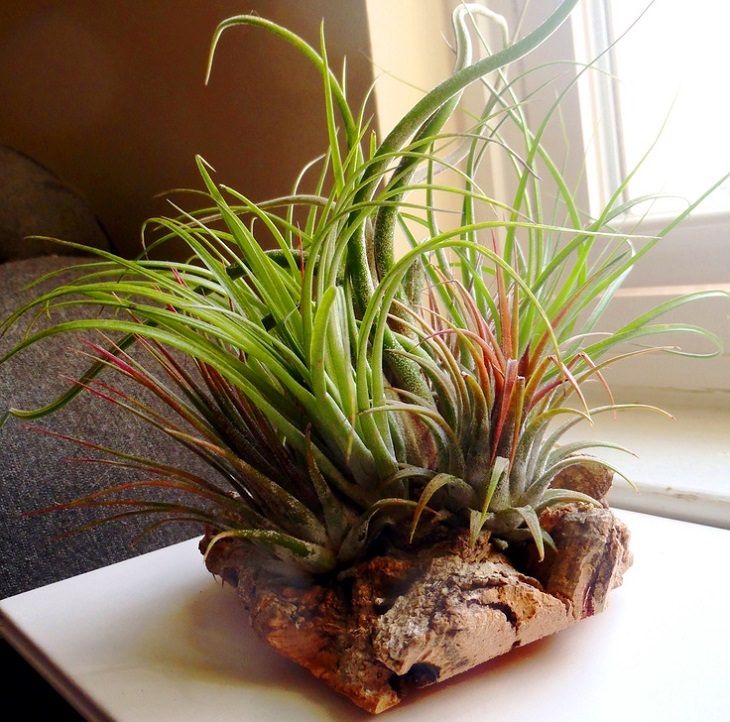On average, 93% of our time is spent indoors, which means that maintaining an ideal humidity level indoors is essential for healthy living - a moist environment acts as a breeding ground for mold and bacteria, and too much moisture can cause extensive damage to the structure of your house.
If the humidity inside our house is too high, it can lead to a number of unwanted symptoms such as watery eyes, sneezing, coughing, itching, fatigue, dizziness, congestion, and respiratory infections.
That damp smell, mildew, mold or rotting frames do not make for ideal surroundings, and they can even put you in a poor mood, leading to depression. One study has found that there are "significant negative relationships between relative humidity and mood scores, which represent a measure of happiness." Other studies have concluded that your levels of health and happiness can both be influenced by the humidity levels.
Many people don't know why they get sick regularly, but it could very well be because of high humidity levels in their home environment. However, there is thankfully a natural and easy fix to high humidity levels - plants. Back in the late 1980s, NASA, which wanted cleaner air in its space stations, carried out some research on house plants. It found that there are a number of plants that can purify the air and decrease indoor humidity.
Who would have thought that by doing something as simple as buying some house plants that you could decrease indoor humidity levels and improve your health and well-being? Next time you're at a garden store, be sure to pick up one or more of the following plants:
Boston Fern
This attractive, exotic plant thrives in moist climates, naturally absorbing the humidity that is in the air. It helps to balance humidity levels to make your home more comfortable, and it even removes dangerous toxins such as xylene, formaldehyde, and benzene from the air. These plants look stunning hanging in baskets anywhere in the home - just remember to keep the in direct sunlight and mist them with water regularly to keep them looking pristine.
2. Spider Plant
This beautiful plant, with its long, arching leaves, is said to remove as much as 90% of the toxins in the air in just 48 hours. Since the leaves of this plant grow so quickly, they are very helpful at absorbing harmful substances like mold, and can help balance humidity levels too.
3. Peace Lily
This lily helps to reduce humidity levels as it absorbs the moisture in the air through its leaves. It is very easy to grow and requires very little sunlight to thrive, making it ideal for those who aren't good at looking after plants. In addition to lowering the humidity levels, it comes with the added benefit of purifying the air of toxins and pollutants. You should consider keeping these plants in your bathroom, as they help to keep the shower curtain and tiles free from mildew.
4. English Ivy
This plant is fantastic for those who have pets as it can decrease the amount of airborne fecal matter. It can also help absorb formaldehyde, which is more common than you think as it is found in carpeting treatments, furniture, and household cleaning products. It can also remove molds that are common in humid places. Caring for this plant is simple - it needs minimal sunlight, and all you need to do is keep the soil moist. It's best to keep it in a hanging pot, so that it can absorb the humidity that rises.
5. Palms
Palms thrive in humid areas and also absorb moisture through their leaves. Whether you choose a reed palm, lady palm, bamboo palm, or areca palm, it does not matter as they are all very good at getting rid of indoor air pollutants, particularly formaldehyde. Furthermore, they're all easy to look after. The reed palm may be the most ideal one when compared to the others, as it can survive in lower light, meaning it can thrive in most home environments. All you have to do is keep the soil moist.
6. Tillandsia
This plant thrives when they're placed indoors in front of a sunny window. They live off the moisture and nutrients in the air by absorbing them through their leaves, which means that they're a great natural humidifier. Just to be sure though, it's best to give it some water 2-3 times per week.

